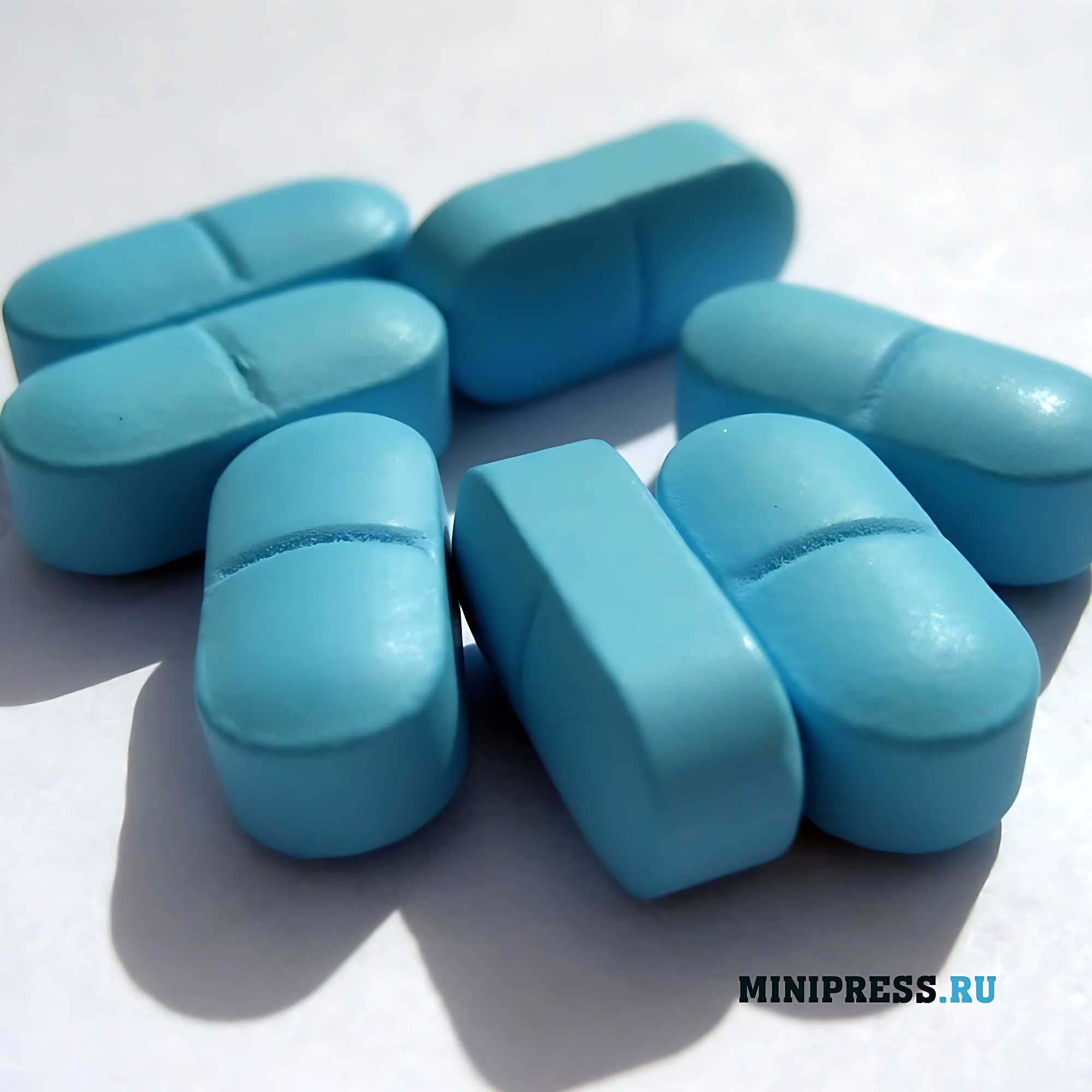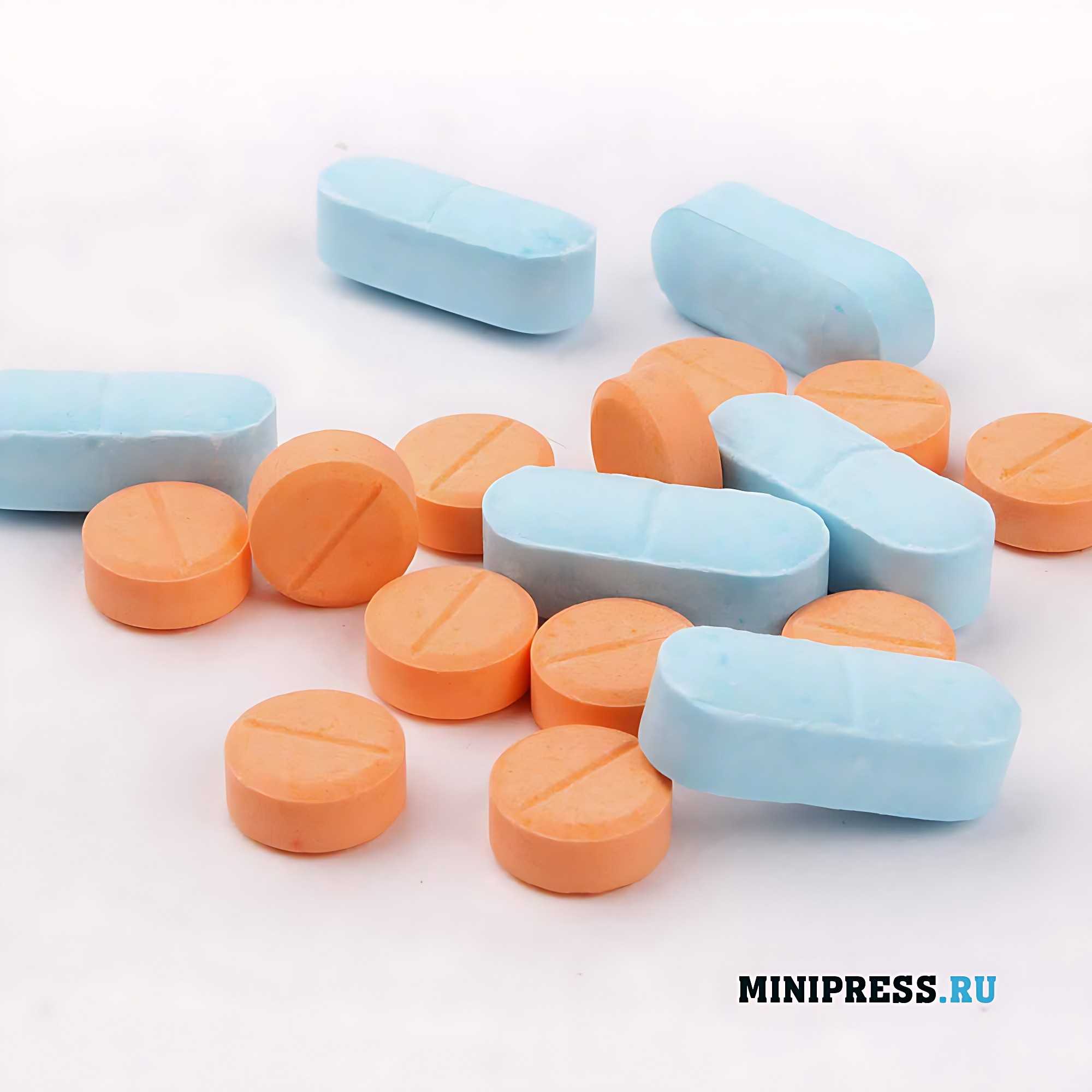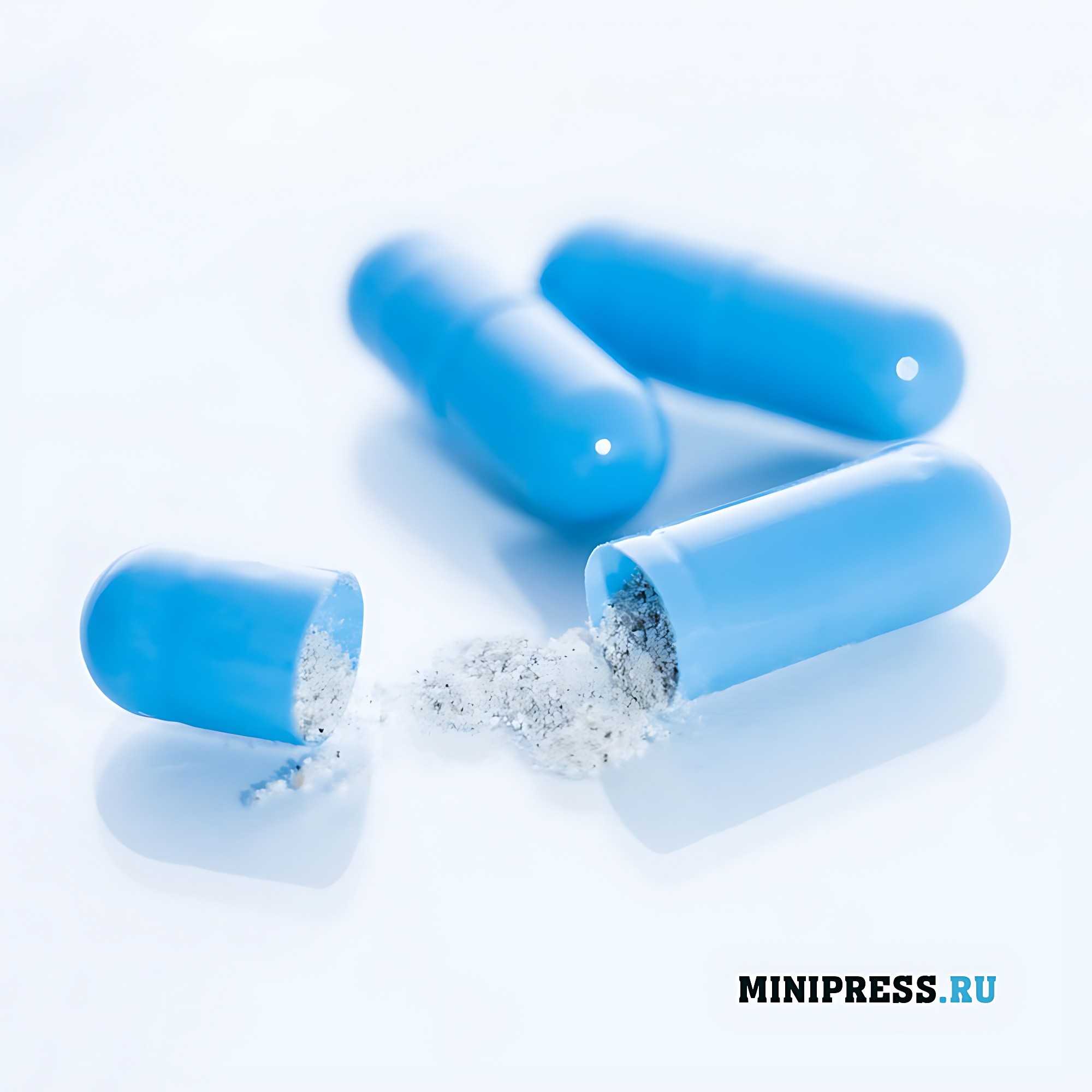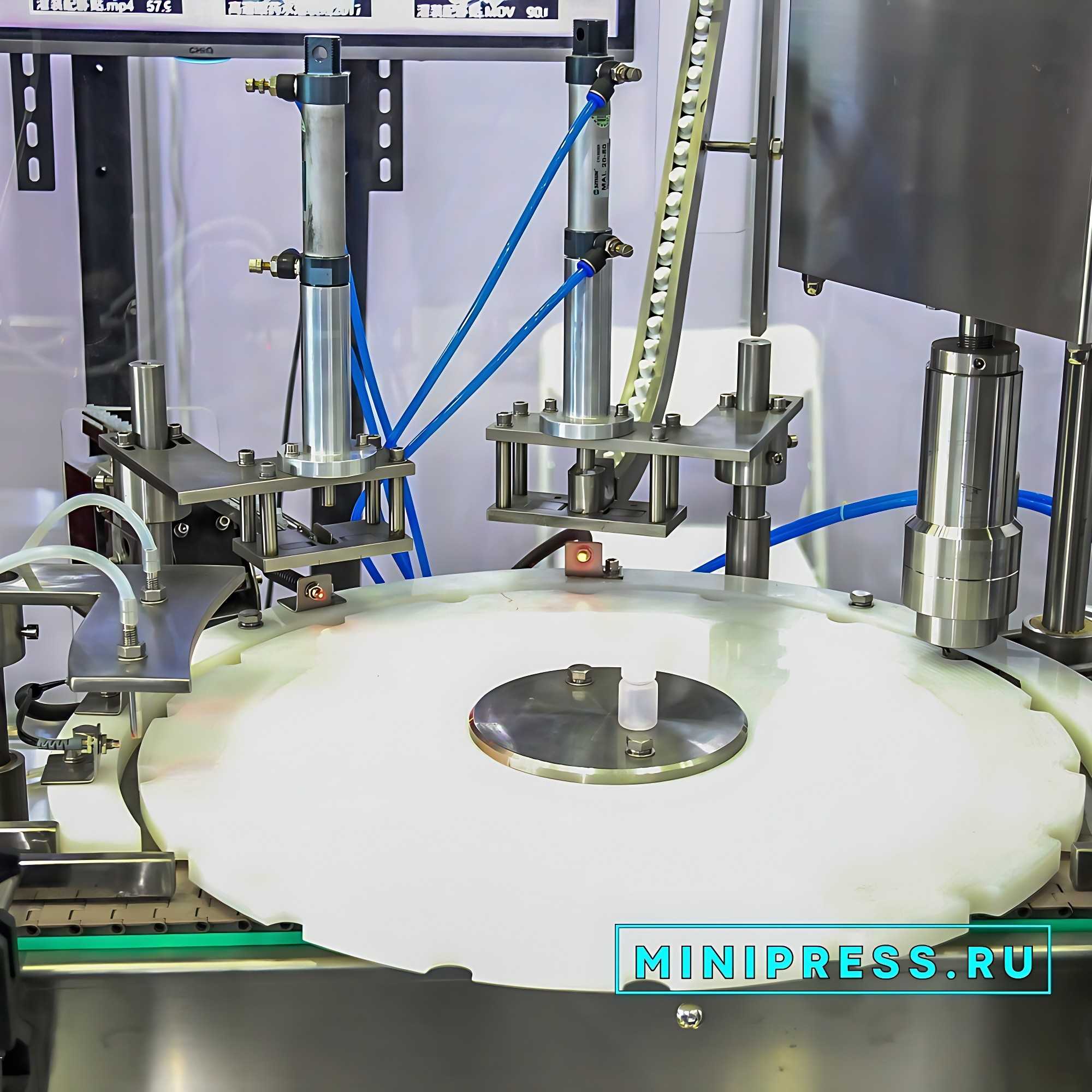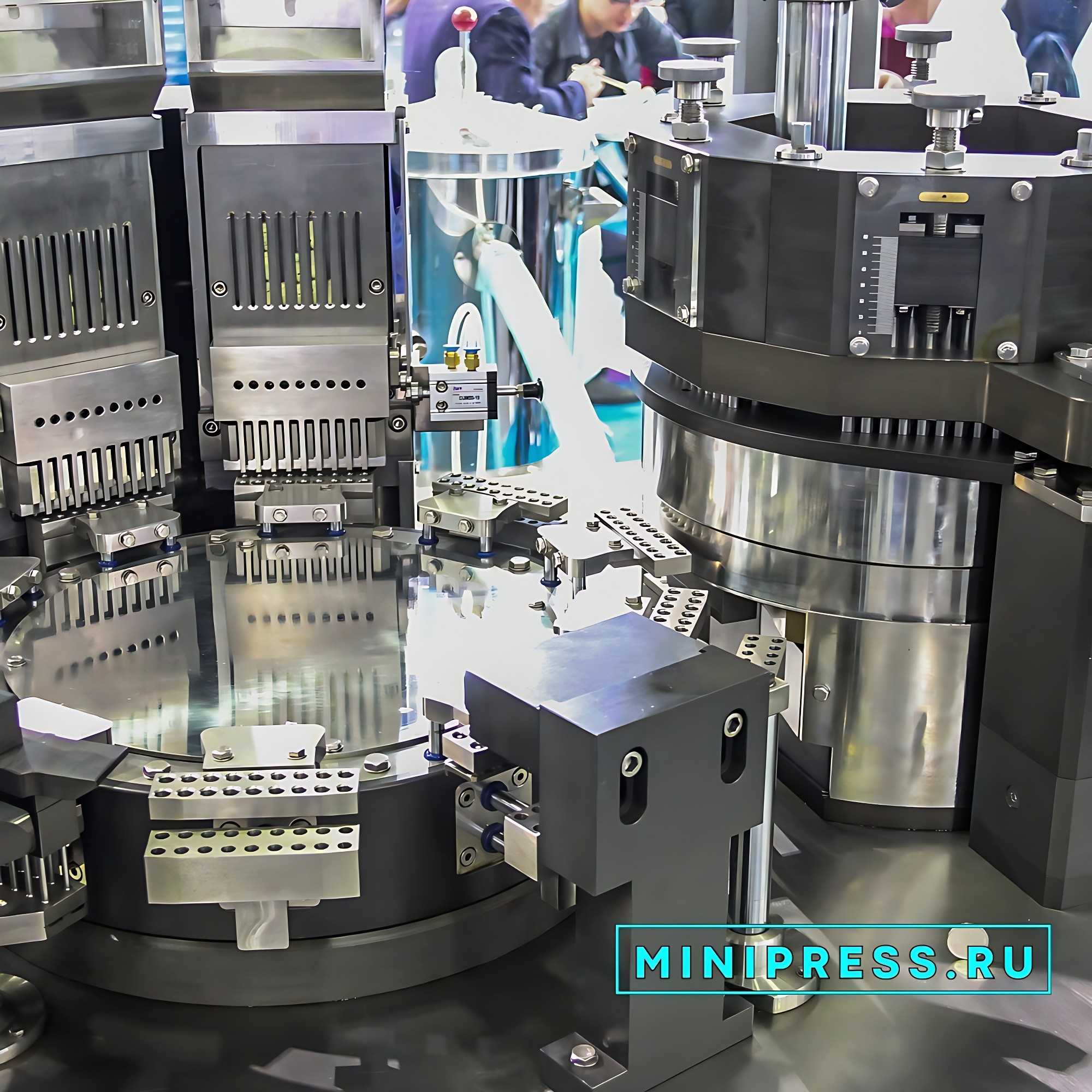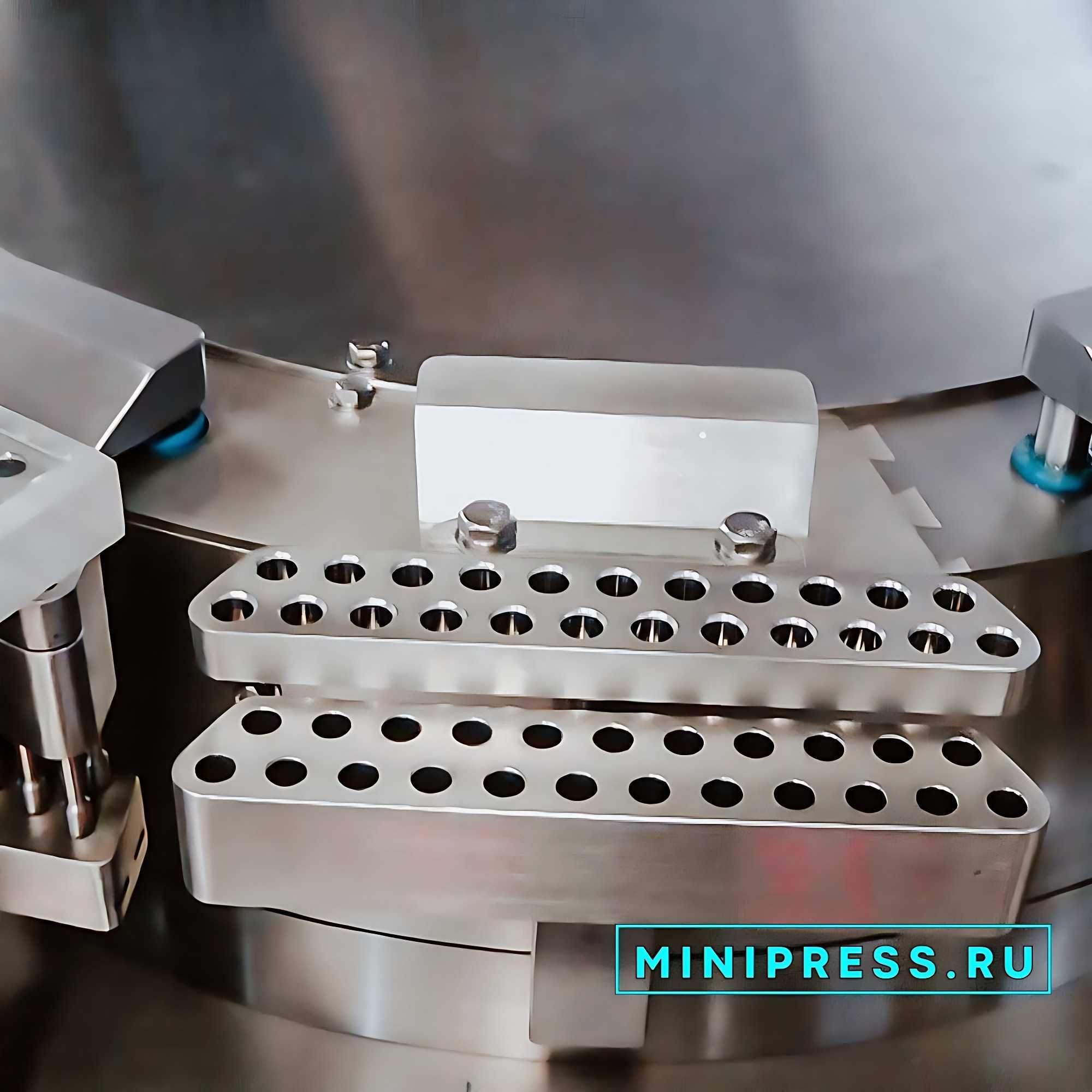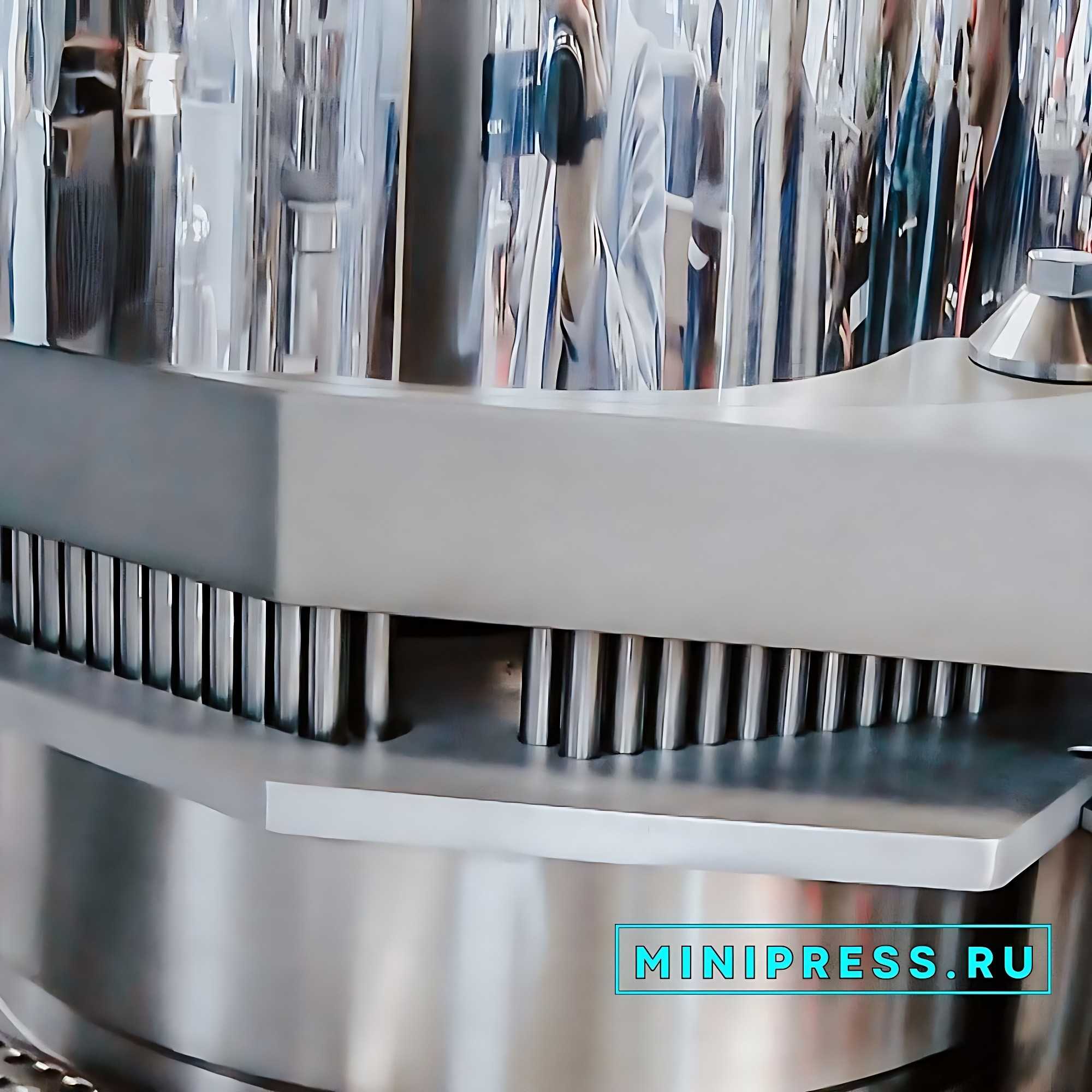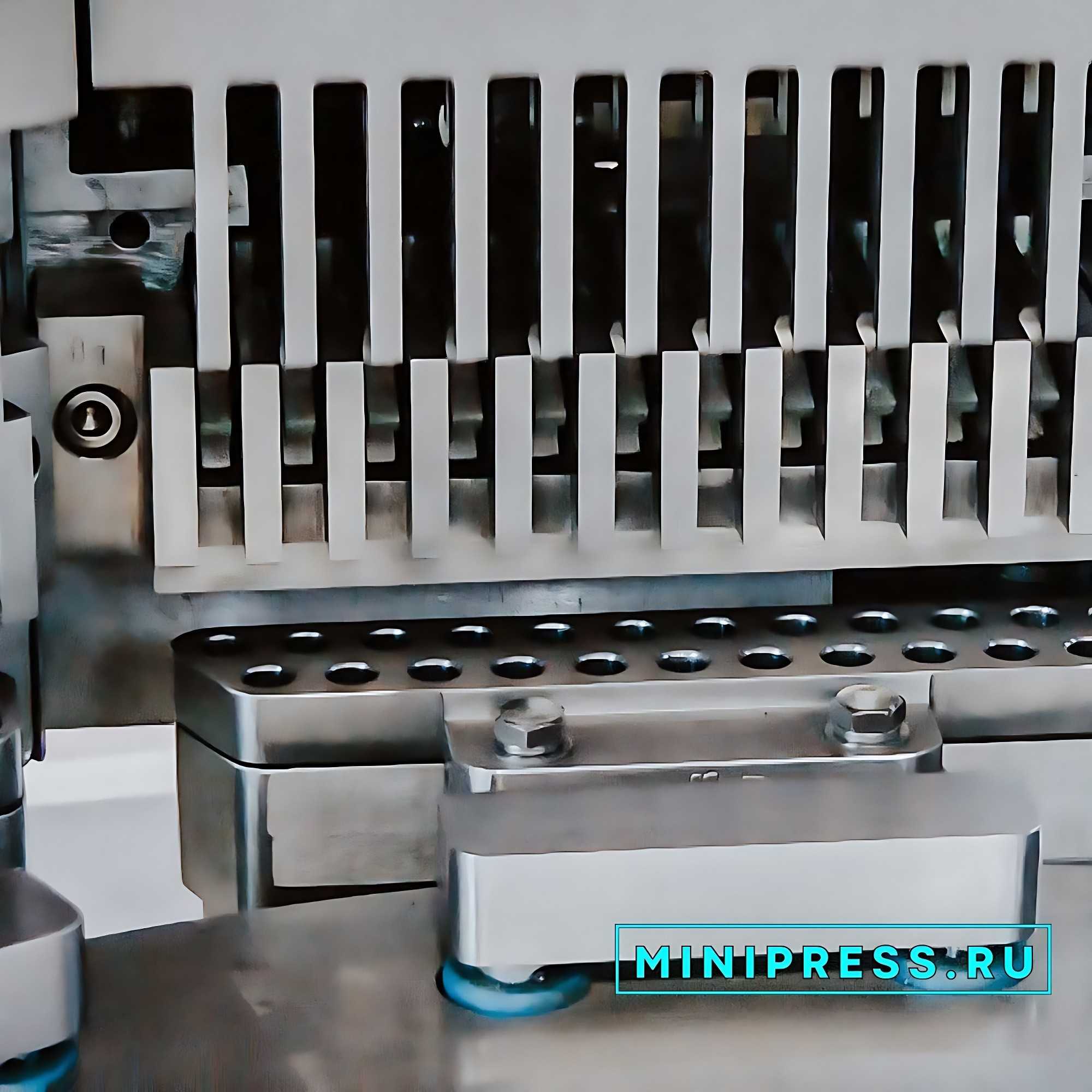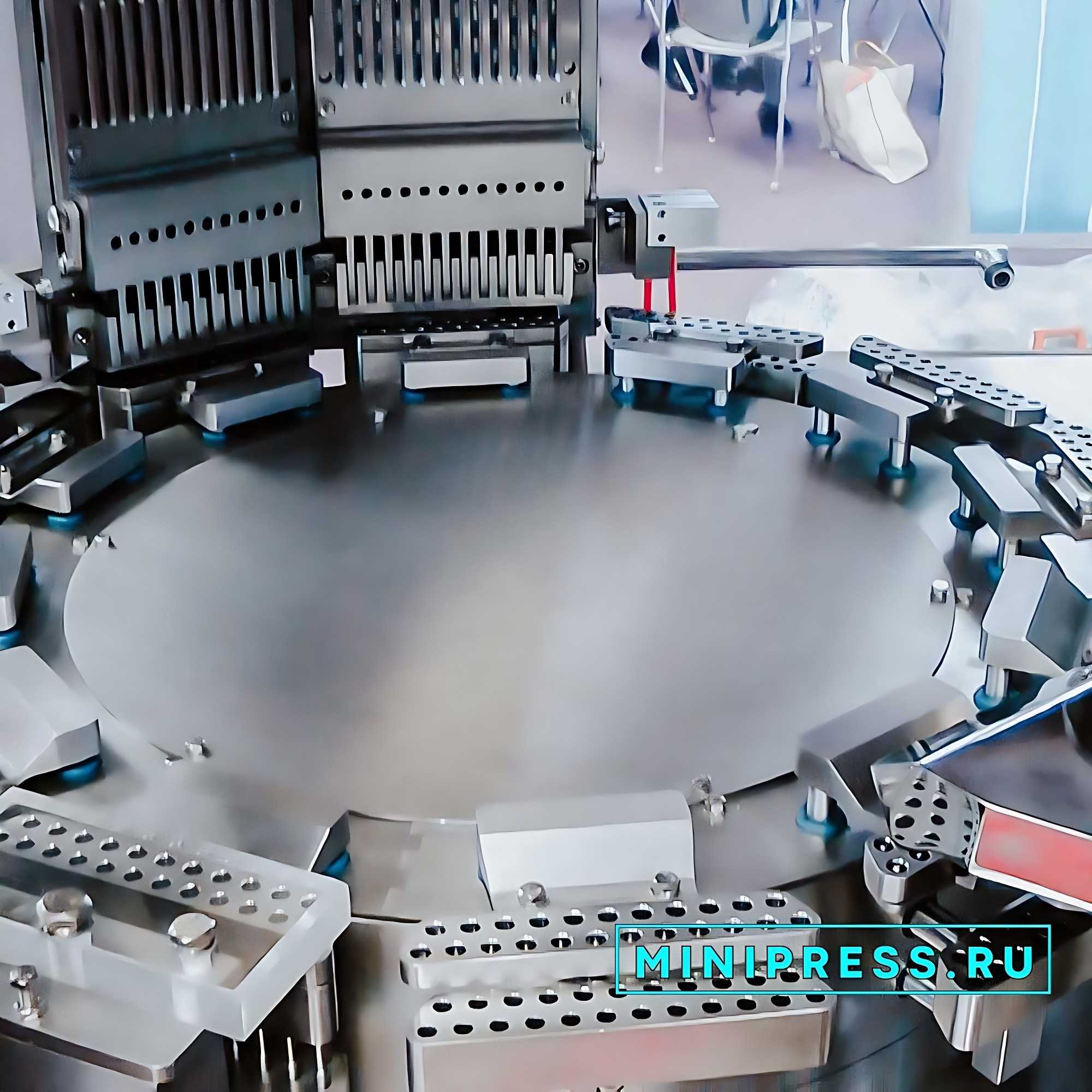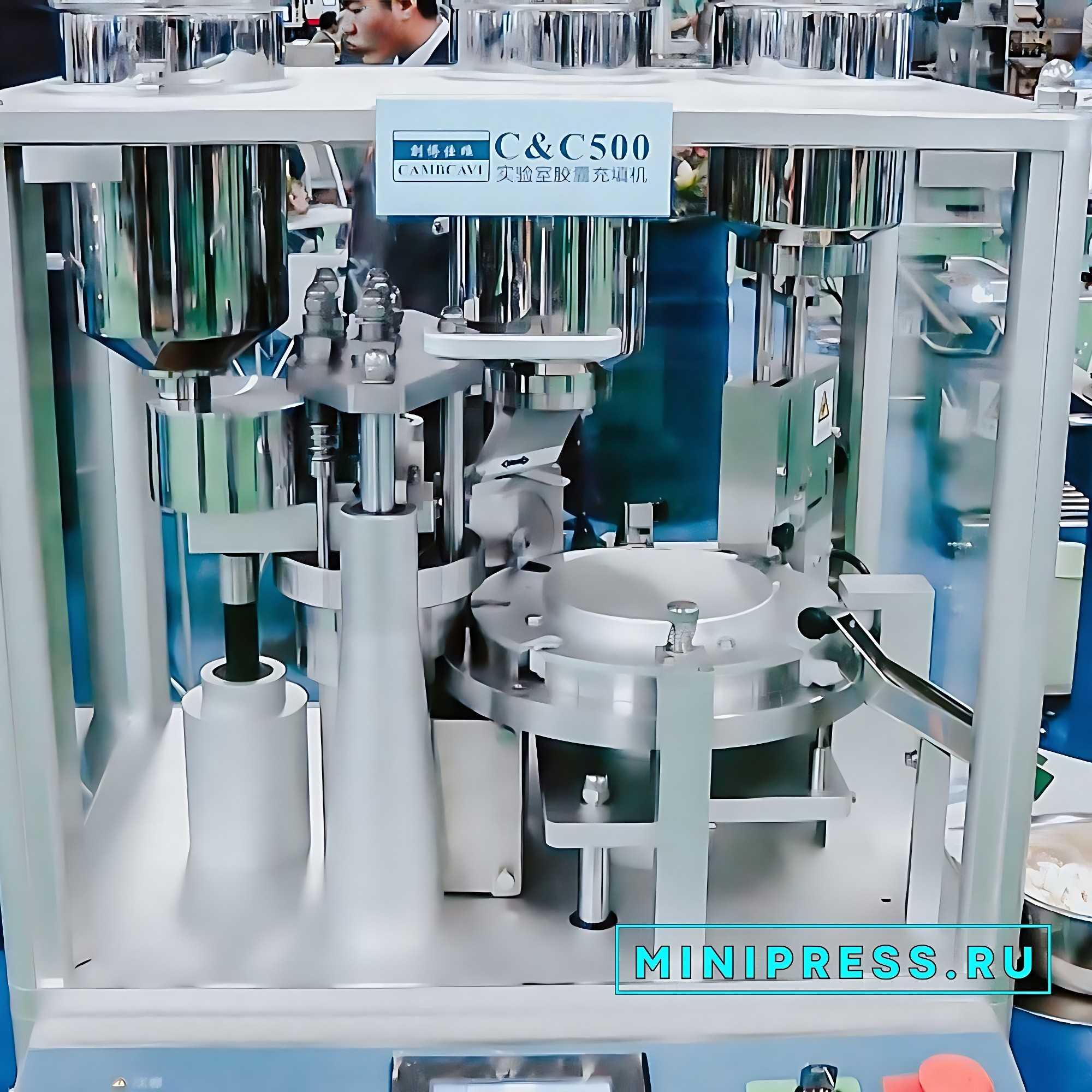Tableting (pressing) is the process of forming tablets from granular or powdery material under pressure. In modern pharmaceutical production, tableting is carried out on special presses called tablet machines.
¿CÓMO REDUCIR EL PRECIO?
La razón de la reducción de precios podría ser:
• Seleccionar un método de pago
• Pago bajo contrato directamente al fabricante
• Ordenar más de dos artículos de equipo
• Denegación de entrega y despacho de aduana
• Eliminación de la inspección del equipo antes del envío
Todos y siempre dan buenos descuentos, fáciles de negociar!
Teléfono: +79853643808
Correo electrónico: info@minipress.ru
 7710
7710 5960972
5960972